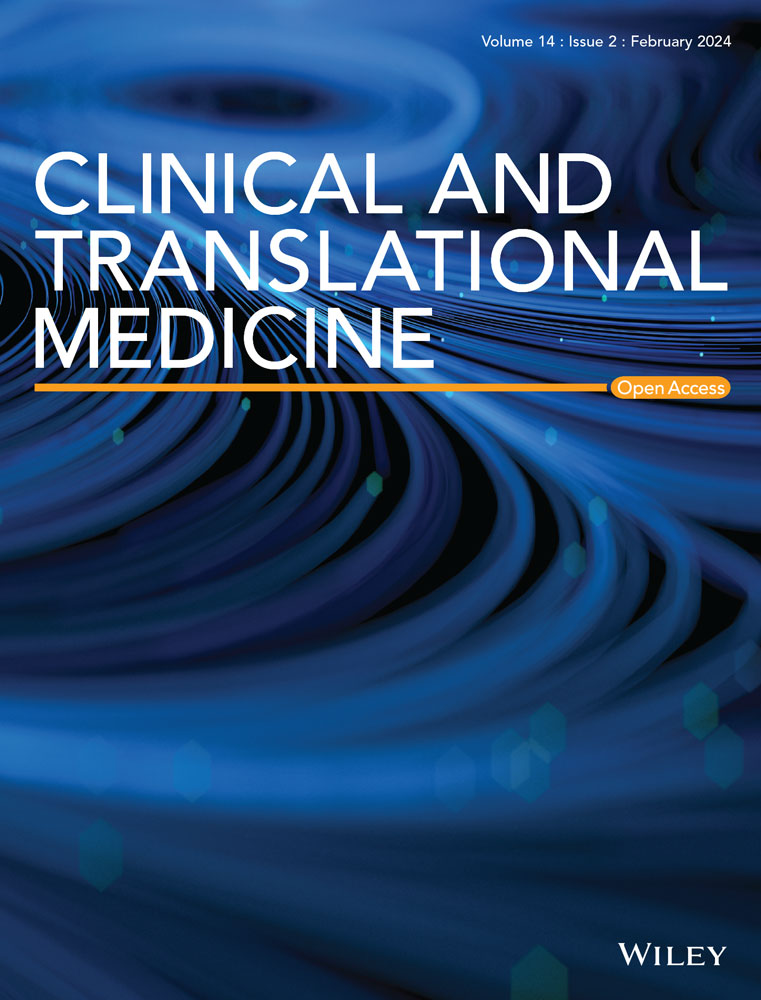Genome-wide profiling of N6-methyladenosine-modified pseudogene-derived long noncoding RNAs reveals the tumour-promoting and innate immune-restraining function of RPS15AP12 in ovarian cancer
Abstract
Background
Pseudogene-derived lncRNAs are widely dysregulated in cancer. Technological advancements have facilitated the functional characterization of increasing pseudogenes in cancer progression. However, the association between pseudogenes and RNA N6-methyladenosine (m6A) modification in cancer, as well as the underlying mechanisms, remains largely unexplored.
Methods
We analyzed the expression of 12 146 pseudogenes and comprehensively examined the m6A modification of RNAs derived from them and their paralogs. Through integrative analysis of multi-omics data, we explored the associations between pseudogene dysregulation and m6A, identifying critical pseudogenes involved in HGSOC progression. Tumour promotion role of RPS15AP12 and its cognate parent gene was characterized by cell proliferation, transwell assays, and scratch assays in ovarian cells and xenograft nude mice. RNA decay assays were used to reveal the participation of m6A in decreasement of RPS15AP12 lncRNA stability. Luciferase reporter assays were performed to verify that RPS15AP12 enhances RPS15A expression by competitively binding to miR-96-3p. Western blot and phosphorylation assays were performed to investigate the impairment of RPS15AP12 towards the sensors of MAVS (RIG-I and MDA5), and downstream p-TBK1 and p-IRF3. Finally, ELISA assays were performed to explore the regulatory role of RPS15AP12 in IFN-β expression.
Results
M6A is distributed across over a thousand pseudogenes, and hypomethylation leads to their upregulation in HGSOC. We identified a processed pseudogene, RPS15AP12, upregulated by FTO-mediated m6A demethylation. RPS15AP12 enhances the growth ability and metastatic capabilities of ovarian cancer (OC) cells via functioning as a competitive endogenous RNA (ceRNA) for its host gene, RPS15A, through the sequestration of miR-96-3p. Importantly, the deletion of RPS15AP12 diminishes the expression of RPS15A, leading to the upregulation of anti-tumour immune responses by activating RIG-I and MDA5 and downstream p-TBK1 and p-IRF3 as well as IFN-β levels.
Conclusion
Our findings expand the understanding of m6A-modulated pseudogenes in tumour growth and anti-tumour innate immunity in OC.
Key Points
- Genome-wide profiling reveals the redistribution of m6A modification on pseudogene-derived lncRNAs and m6A redistribution-relevant dysregulation of pseudogenes in HGSOC.
- RPS15AP12, as a representative processed pseudogene, is up-regulated by FTO-mediated demethylation and acts as a miRNA sponge to promote RPS15A expression via competitively binding to miR-96-3p.
- RPS15AP12/RPS15A axis inhibits MAVS sensors (RIG-I and MDA5) and downstream IFN-β levels in ovarian cancer.


 求助内容:
求助内容: 应助结果提醒方式:
应助结果提醒方式:


